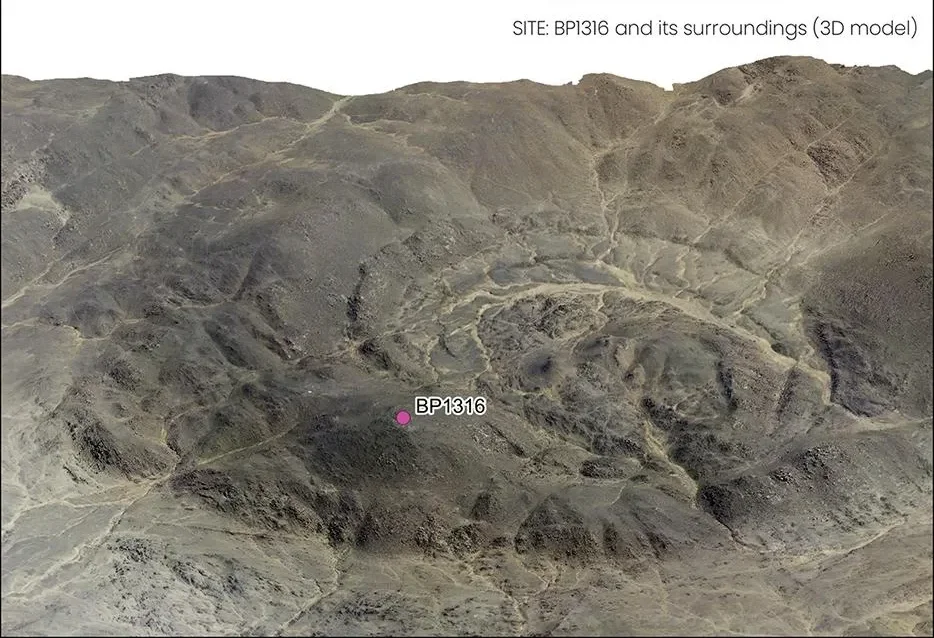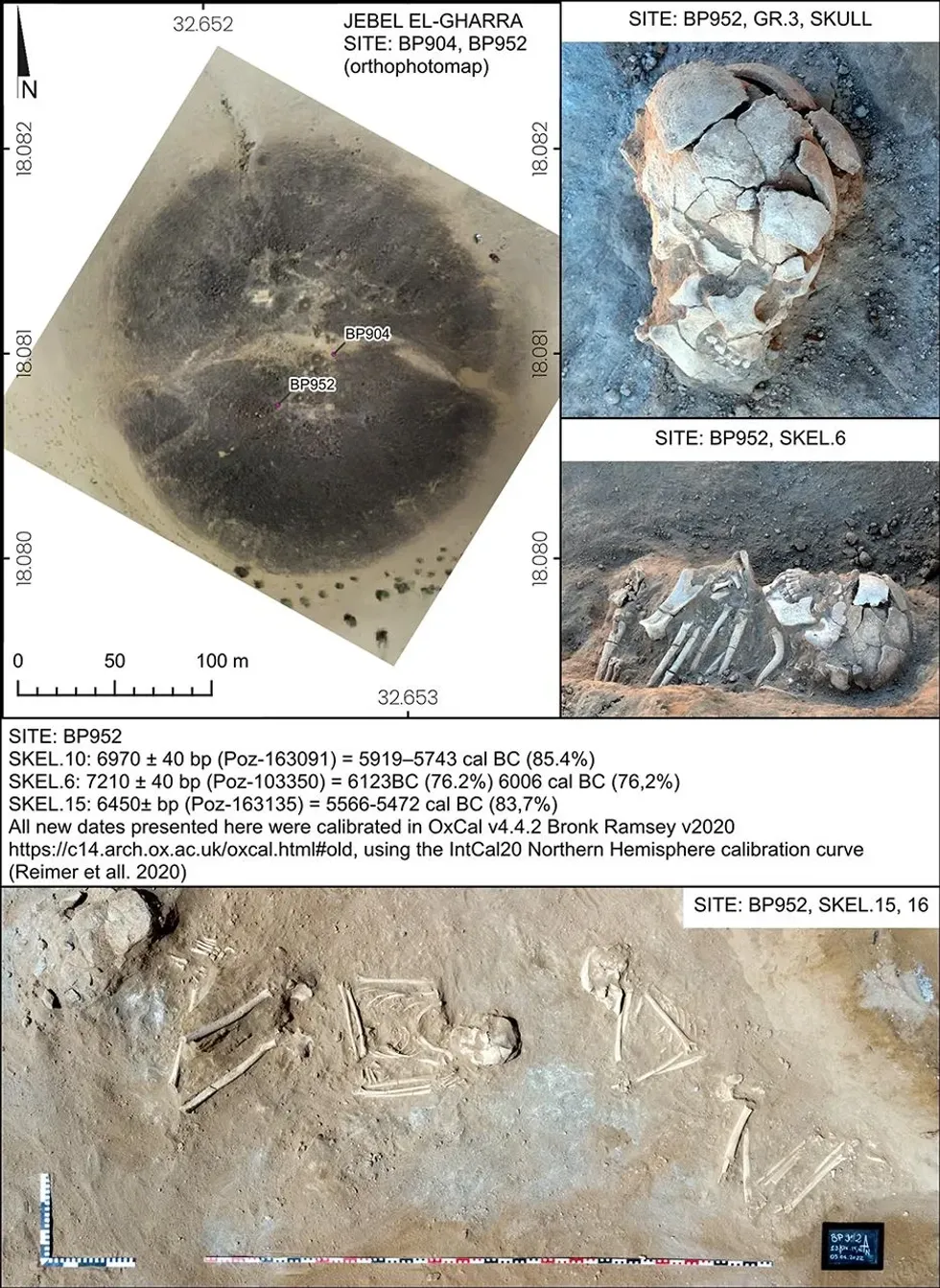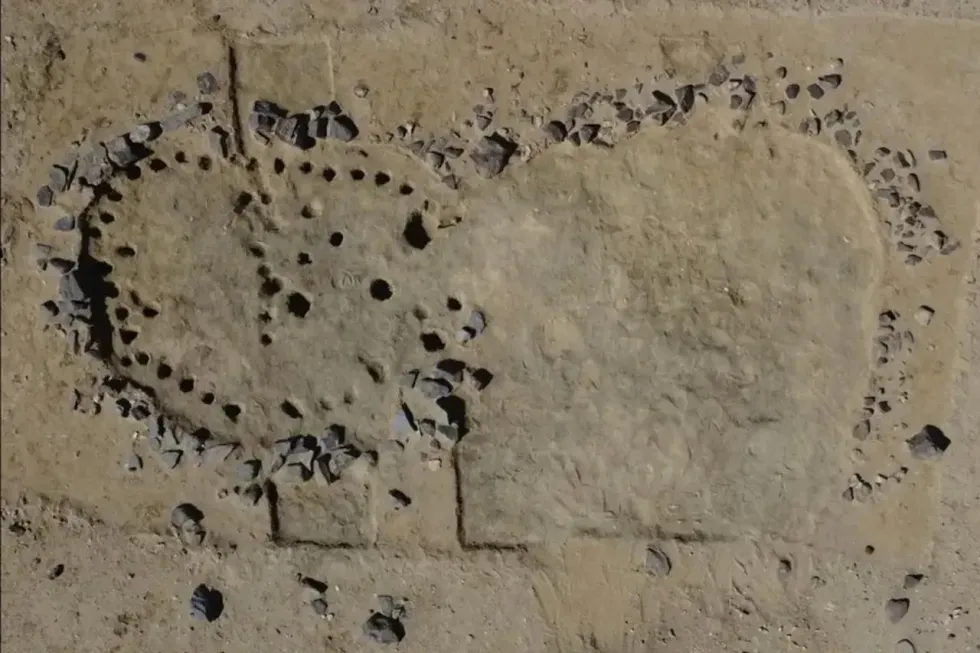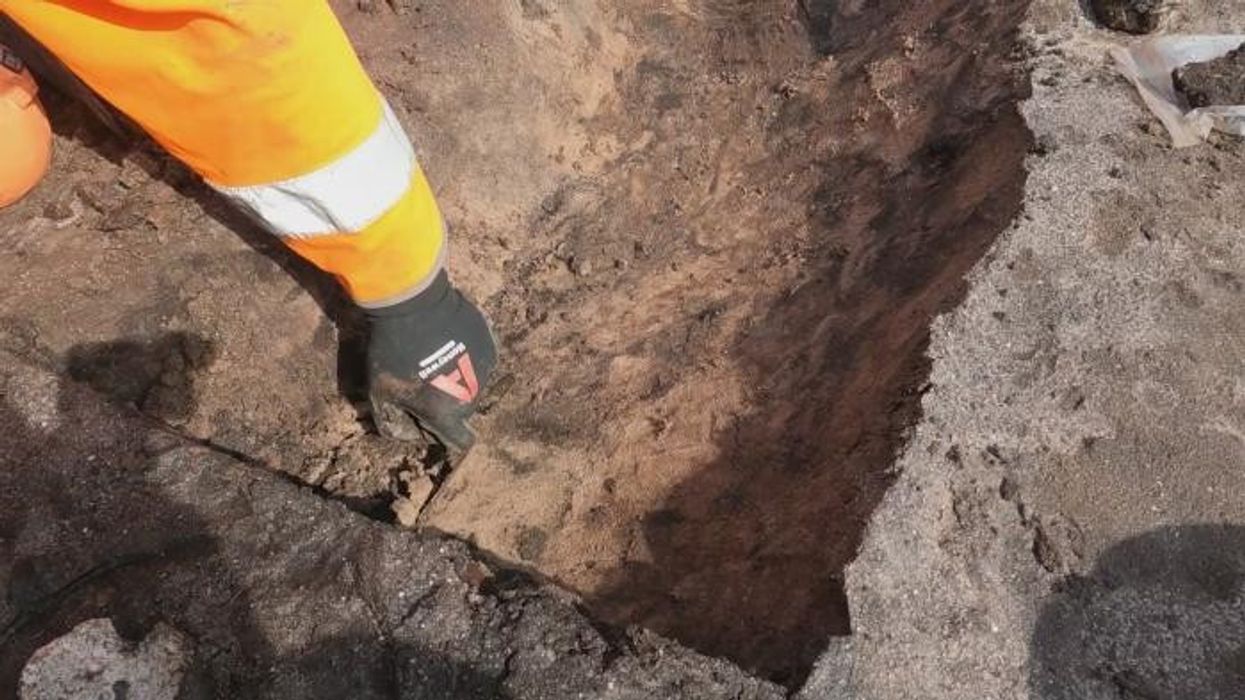Archaeology breakthrough as 'Salt Mountain' among over 1,200 ancient sites identified in desert

The research mission uncovered discoveries spanning from the Paleolithic period to the medieval period
Don't Miss
Most Read
Latest
Archaeologists have identified over 1,200 new archaeological sites in Sudan's Bayuda Desert during a six-year research mission.
Scholars from the University of Wrocław, the Polish Centre of Mediterranean Archaeology at the University of Warsaw, and the Archaeological Museum of Gdańsk made the discoveries.
Among the most striking findings was a saline paleolake near Jebel El-Muwelha, which means "Salt Mountain," at the heart of the Bayuda Desert.
The ancient lake served as a natron source, a rare mineral used in the past for mummification and the production of glass and ceramics.

Archaeologists have identified over 1,200 new archaeological sites in Sudan's Bayuda Desert during a six-year research mission
|H. Paner et al., Antiquity
The Bayuda Desert lies in central Sudan and is bordered by a bend of the Nile.
The research mission uncovered discoveries from the Palaeolithic period to the medieval period.
Among the earliest finds were Oldowan stone tools dating between 2.6 and 1.7 million years ago, representing the world's earliest known tool industry.
The team also discovered Acheulean industry artefacts in the northwestern and southeastern parts of the desert, renowned for large, bifacial hand axes and flakes.
LATEST DEVELOPMENTS:

Among the most striking findings was a saline paleolake near Jebel El-Muwelha, which means "Salt Mountain," at the heart of the Bayuda Desert
|H. Paner et al., Antiquity
Evidence of Middle Stone Age activity included the sophisticated Levallois technique for creating flakes.
"Its use involved the need to perform many intermediate steps to shape the core in a way that allowed the removal of a single flake of the intended shape," explained Prof. Paner.
This technique indicates the early presence of Homo sapiens in this part of Africa.
The researchers uncovered the only known Mesolithic cemetery in the Bayuda Desert, located on the Jebel El Gharra slope.

The remains suggest a much more humid climate during the early centuries of the Kerma Kingdom
|H. Paner et al., Antiquity
The site contains at least 16 adult burials in multiple layers, dated to the 7th-6th millennia BCE, with burial offerings including ostrich eggshell beads, shells, and a stone pendant.
Another significant discovery was the "Hunters' Settlement" at the foot of Jebel El-Fuel in the eastern desert.
Nearly 300 fragments of animal bones, over 3,400 stone tools, and approximately 2,000 pieces of pottery were found, all dated to around 6000 BCE.
Climate evidence emerged from remains of savannah species and beetles discovered inside a clay vessel at a Kerma culture cemetery.
The remains suggest a much more humid climate during the early centuries of the Kerma Kingdom.











